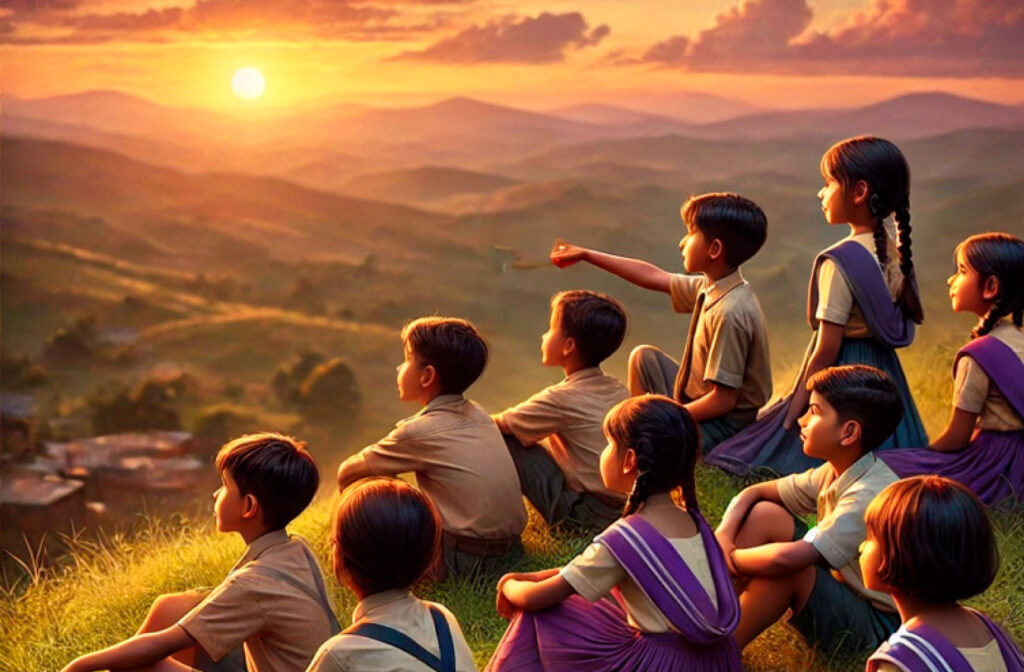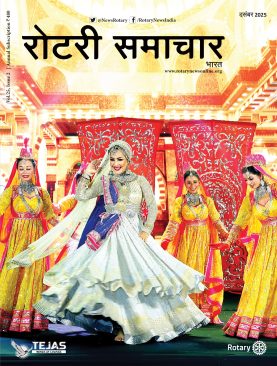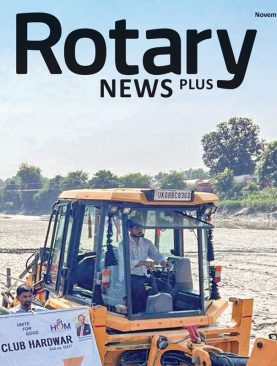
Reading Jayasree Kalathil’s article on translation, ‘Literary translation and its discontents’, in scroll.in recently, reminded me of something in connection with the translation, some years ago, of a Gujarati folktale into Marathi. In the story — titled All Free in the English version — a man called Bhikhubhai craves freshly grated coconut and so he goes in search of it, but at the cheapest cost. He finally finds himself in a coconut grove where a coconut falls on his head — all for free! It’s a light-hearted story, meant to be taken in the spirit in which it is narrated. However, the Marathi translator simply refused to render the ending as it was. ‘You can die if a coconut falls on the head!’ she exclaimed. ‘I refuse to translate this.’ The arguments went back and forth. She was not wrong, a coconut landing on your head has the potential to kill. She won.

While none of this could likely contribute to translation theory, it certainly sheds light on the nuanced nature of the task. Jayasree Kalathil writes, ‘I asked Daisy Rockwell, author, artist, and translator of Geetanjali Shree’s Tomb of Sand (Ret Samadhi) (see Wordsworld, August 2022), the first book from an Indian language (Hindi) to win the International Booker Prize, about the misconceptions she encounters. “The most common misconception is definitely a firm belief that literary translation is an act of word-for-word literal rendering from one language to another,” she told me. “Words and phrases are surrounded by invisible forcefields. These can contain countless things: history, culture, linguistics, emotions, religion … A literary translator works to bring these invisible factors into the translation, not just each word and its literal meaning.” ’
Jayasree draws attention to a beautiful word used by translator Jennifer Croft to describe translation as the ‘afterlife’ of a work: ‘In an interview with Cat Acree, editor-cum-writer, for BookPage, she comments that: “What we do (as translators) enriches the cultural ecosystem, the linguistic ecosystem. The original text doesn’t even really matter that much. What matters is this potentially really lovely afterlife that (a work) can have, and all of the echoes and reverberations that it can have throughout that ecosystem.” This is such a brilliant way of acknowledging translation, particularly relevant in India which is rich with languages, only some of which can be and are being accessed thanks to the work of translators. The idea of ‘afterlife’ seems all the more relevant in the context of the current debate on language imposition. As it is, languages are dying away without our active help. Returning from the last book club meeting, one of my friends bemoaned the fact that her grandchildren were no longer conversing in their mother tongue, something they used to do spontaneously when they were younger. Perhaps we should discuss this in detail in the future.
For now, I’d like to tell you about a surprise words-and-memory related gift that landed on my lap a few days ago. What happened was, my friend from music class and I were chatting on the phone when she casually mentioned that her dad had jotted down his memories of teaching in a school. My interest was instantly piqued and when I probed further, I discovered that what had started as curiosity on the part of an old student had grown into a sustained recollection committed to writing. ‘It’s not been printed,’ my friend said. ‘It’s in pdf format.’ ‘I want to read it,’ I responded. ‘Please share it with me.’ And so she did. Running into about 180 pages, the memoir compelled my attention and got me thinking about the importance of personal narratives. But, let’s start at the beginning.
Words and phrases are surrounded by invisible forcefields… A literary translator works to bring these invisible factors into the translation, not just each word and its literal meaning.
The very first chapter of S V Venkatachalam’s memoirs covering the twenty or so years he taught at the Rishi Valley School (RVS) in Madanapalle, Andhra Pradesh, is titled, ‘Teaching in schools, the last option’. Back then, around the 1950s, newspaper reports suggested that people preferred to become doctors, engineers, pilots… anything but teachers. He writes, ‘I remember an occasion when a member of the KFI (Krishnamurti Foundation of India) Trust was talking to a group of students in RVS during the ’60s and asking them what they would like to become when they grow up. Most of the students mentioned the options stated above, but no one wanted to become a teacher. Surprisingly Arun Joshi stood up and said with a smile, “I would like to become a clown.” All of us had a hearty laugh.’
Well, we do have some brave souls today who are stand-up comics, so in that sense we have come a long way, but doctors, engineers, lawyers, accountants, IT professionals still prevail. Teachers continue to feature nowhere on the list of options. I remember my paternal grandmother telling me that my grandfather, the youngest of eight sons, wanted to become a teacher, but, having failed the intermediate exam, he felt he was not worthy to be a teacher. He studied medicine, instead, and became a TB specialist!
Venkatachalam or Venks/Venks Sir as he was popularly called, had to exercise his powers of persuasion to the fullest in order to train to be a teacher, a science teacher. After all, teachers earned only around 80–90 rupees a month in the ’60s and ’70s. He recalls being told by one of his teachers at the Government Teachers Training College, Mysuru: ‘If the student has not learnt, the teacher has not taught.’ These wise words inspired him to become the kind of teacher he became, one whom students remembered with respect and affection. Yet, he was not simply a man of books and words and scientific experiments, he believed in all-round development. He had been a scout, he had been in the NCC, he was proficient in languages and music, and was always game for a challenge; these were the values he tried to inject into his students at RVS. He talks about all of these things, the importance of small numbers in classrooms, the natural environment, the spirit of adventure and exploration, the ability to revel in nature. One of the most beautiful things he records is the practice of Astachal (watching the sunset behind the western mountain) at RVS. The principal, F G Pearce, had carried along the practice of watching the sunset from his previous stint as principal of Scindia School, Gwalior. At RVS, everyone gathered every evening at a particular spot to sit quietly and watch the sun go down behind the Rishi Konda range. In the background were the Horseley Hills. Astachal, the hill at the time of sunset… Such serenity, such calm, such beauty.
When Venks Sir writes ‘Children are curious by nature… their curiosity comes in handy for the teacher to encourage them to ask questions. There should be no attempt to stifle them,’ he doesn’t say anything new. But when he adds, ‘An affectionate and happy teacher who will take them outdoors to observe the facts of nature would certainly be one whom the children would love to learn from,’ it should inspire everybody. As the poet William Blake said, ‘…to see a world in a grain of sand…’
We all have stories to share and one of the best legacies we can bequeath to our children and grandchildren is a glimpse into those worlds through any means possible: pictures, words, recordings. They will always be a source of solace, refuge and encouragement. At any time, always.
The columnist is a children’s writer and senior journalist





